How to Become More Eco-friendly!
If you’d like to be more environmentally friendly, there are several ways in which you can adapt your daily routine. While reducing our water consumption and conserving energy are two of the most significant measures we can take, there are also a number of other changes we can make which, although less obvious, are just as worthwhile.
1 Air dry your clothes in summer
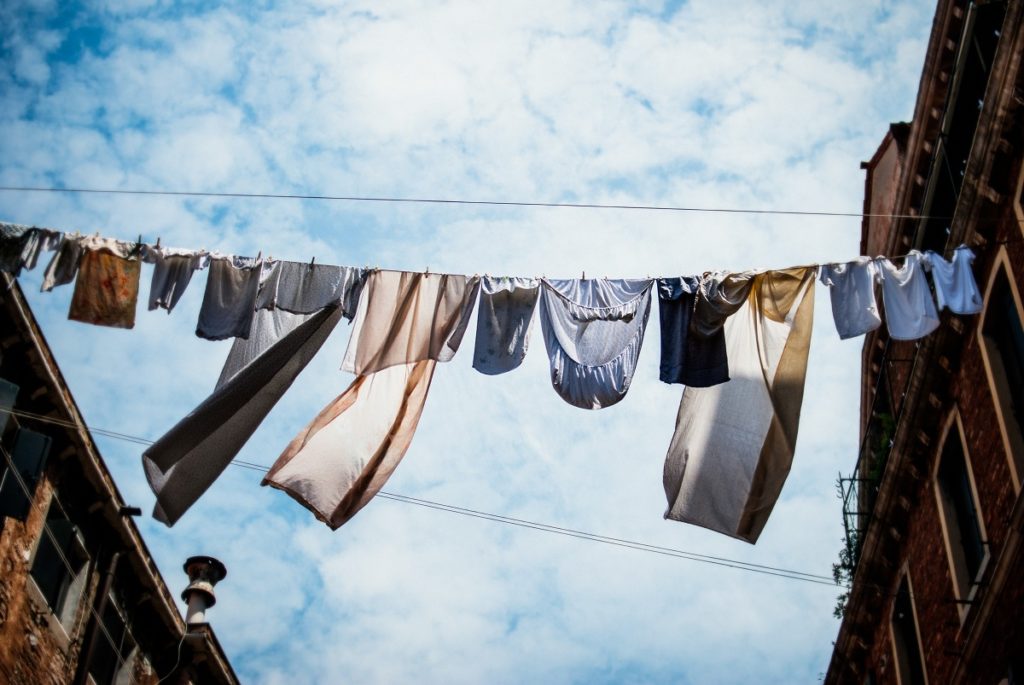
In the average home, the tumble dryer is one of the guiltiest appliances when it comes to energy consumption, beat only by the refrigerator and air conditioning unit. If, instead, you hang your clothes to dry, you’ll still have fresh-smelling garments without using unnecessarily large amounts of energy.
If you must use a dryer, you can make a small change by cleaning the vent as often as possible. By doing so, your dryer will be less at risk or fire and, importantly, more efficient.
2 Ditch the exercise machines
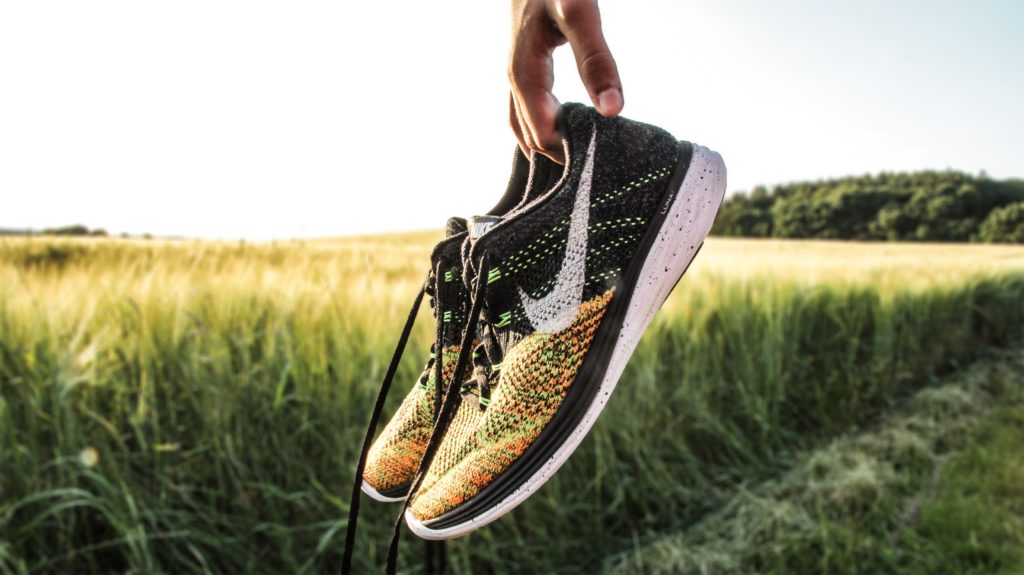
Rather than running on a treadmill, lose the electronic machines and save some energy.
Instead, try outdoor running, cycling, walking, weightlifting and other manual activities. This is an easy way to contribute to having a healthy body and a healthy planet!
3 Reduce your food waste
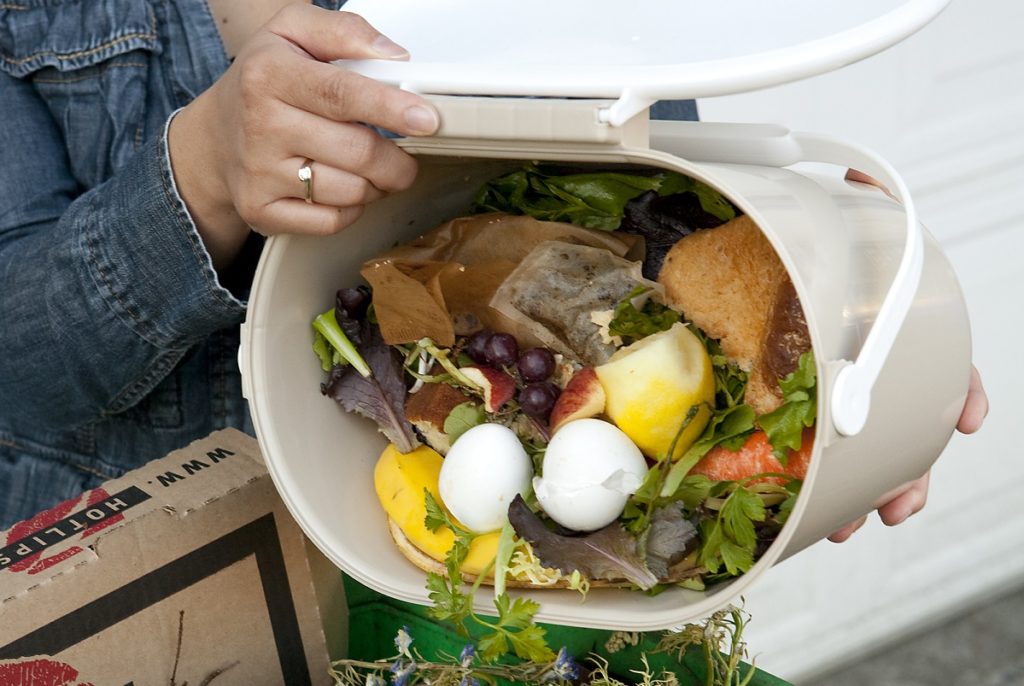
American citizens place a lot of importance on the physical appearance of their meals. As a result, over 40% of our nation’s food waste happens at the production and retail stages. As consumers, we should be mindful of the amount of food we need and be careful not to prepare too much.
If we do prepare too much food, we should certainly save and eat our leftovers. Small actions such as planning our weekly meals before food shopping, eating leftovers for lunch and using restaurant doggy bags can all help to minimize our food waste.
4 Minimize your printing
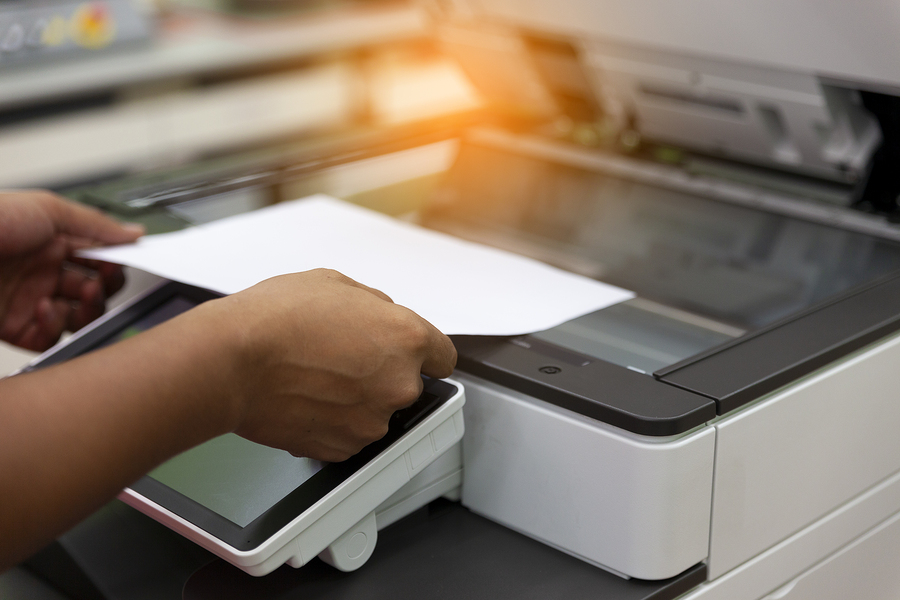
No doubt, we all know one teacher who gives everyone a copy of every reading, or one who needs that ten-page assignment in hard copy. While the intent is no doubt good, this practice seems to ignore the fact that our overuse of paper is damaging the environment. So, how can you help?
Ask your professor if you could bring your laptop or tablet to class and download the readings instead. If this isn’t possible, be sure to print on both sides of the sheet, limiting your paper usage.
5 Try composting
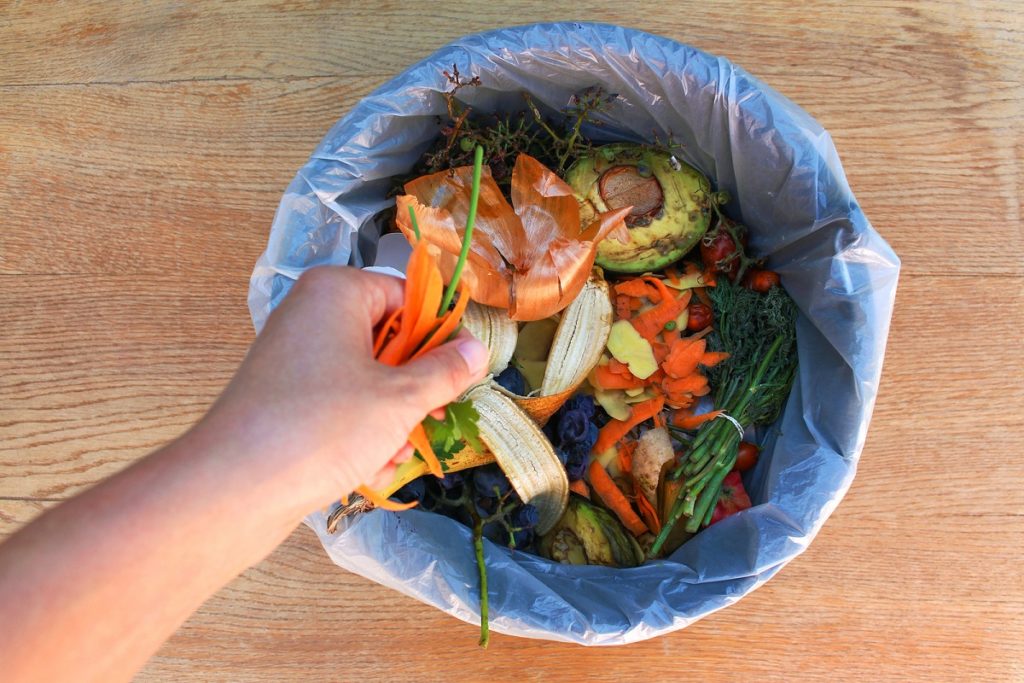
In 2015 (the most recently reported figures), the US generated 238 metric tons of food waste. Only 21.2 tons of this trash was composted. While some was combusted to create energy and some was recycled, 124.9 metric tons (almost half) went to landfill.
Wouldn’t it be better if you could divert some of your contributions straight to compost? By composting your waste, you could reduce your solid waste and your individual contribution to the local landfill. What’s more, compost is an excellent natural fertilizer.
6 Use LEDs

When it comes to light bulbs, compact fluorescent bulbs (CFLs) are excellent. Compared with incandescent bulbs, they use at least 60% less energy and last up to 10 times longer. However, CFLs contain mercury and, as such, are difficult to dispose of. The solution? Light-emitting diode (LED) bulbs.
These modern bulbs are highly energy-efficient, emitting light in a very narrow-band wavelength. If you’re yet to introduce LEDs to your home, start replacing your incandescent bulbs now. While LED bulbs are more expensive than incandescents and CFLs, they can last up to 25 times longer than their traditional counterparts.
7 Bring your own packaging!
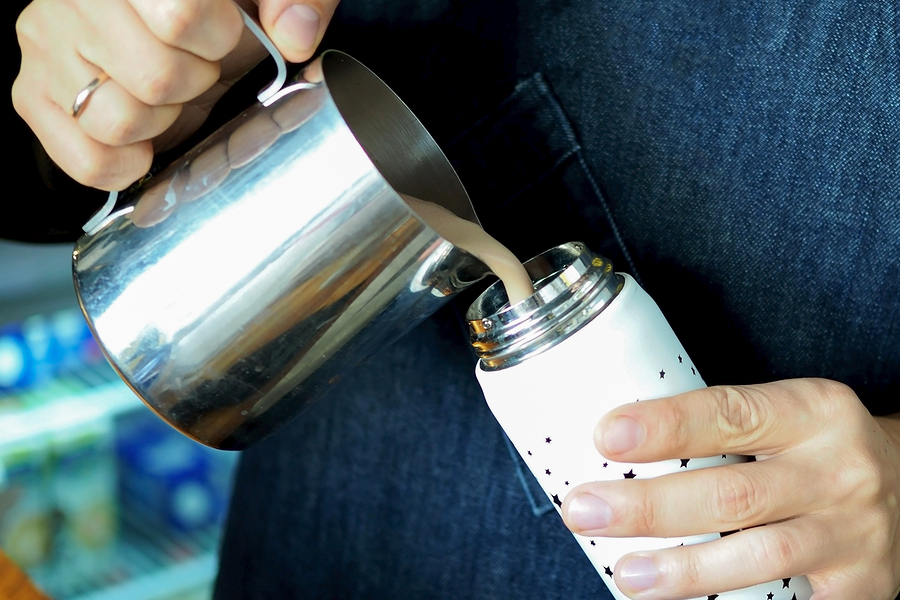
In the US, food packaging represents almost 60% of all packaging waste. There are lots of measures you can take to reduce your own contribution. For instance, you could carry your own reusable coffee cup and water bottle.
Indeed, many stores will be happy to oblige you if you bring your own dishes. And, instead of using those small plastic fruit and veg bags, trade them for reusable cloth bags.
8 Buy second hand

Of course, some things are best bought new. Nobody wants a second-hand toothbrush or someone’s old underpants. However, there are lots of opportunities for us to save money and be eco-friendly by buying second hand. When buying used products, we reduce our own carbon footprint, as brand-new goods are generally shipped around the world.
Furthermore, second-hand items are likely to use much less packaging. What’s more, IKEA furniture doesn’t have that charming antique look, nor do brand new books have those cute handwritten messages inside their covers.
9 Stick with your electronics
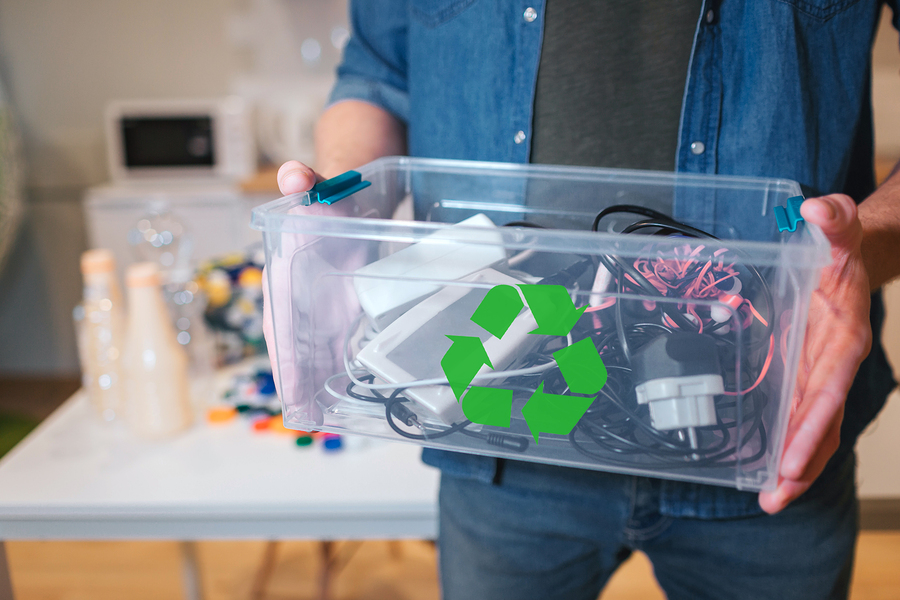
As technologically-advanced nations send their used electronics to their poorer neighbors, they indirectly harm the impoverished people who salvage them and the environment that must then support that e-waste.
If your electronic device is working well, resist the temptation to upgrade unnecessarily. If your trusty technology is on its last legs, take it to a specialized e-waste collection center.
10 Use fabric diapers
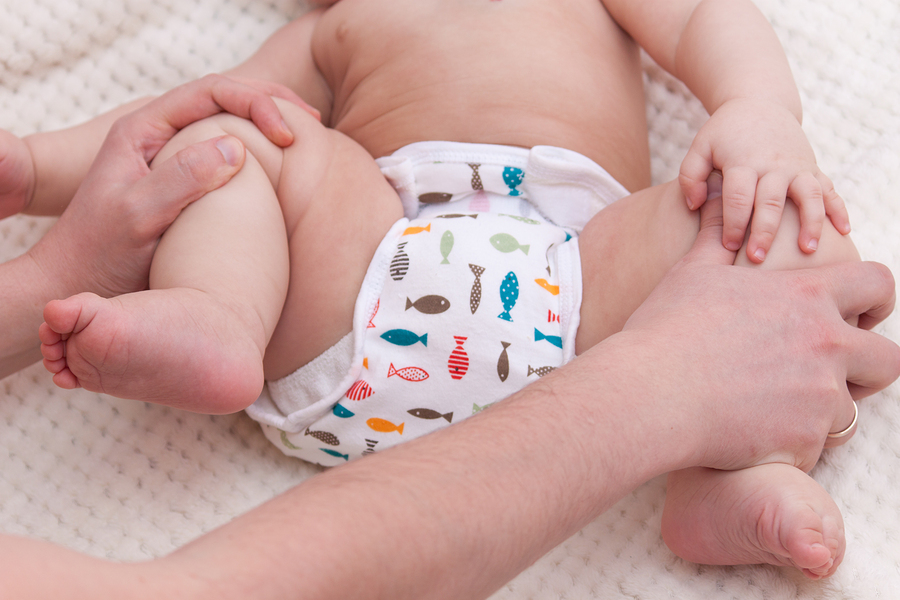
Seen as an old-fashioned option, cloth diapers are, in fact, very environmentally friendly. Also, because they are cleaned after each use, these diapers are very cost-effective. Furthermore, they can be reused when another baby comes along.
Using cloth diapers, you mitigate the risks posed by their disposable alternatives; with so many on the market, parents have to be very careful with their selection to avoid potentially hazardous chemicals.
11 Choose reusable
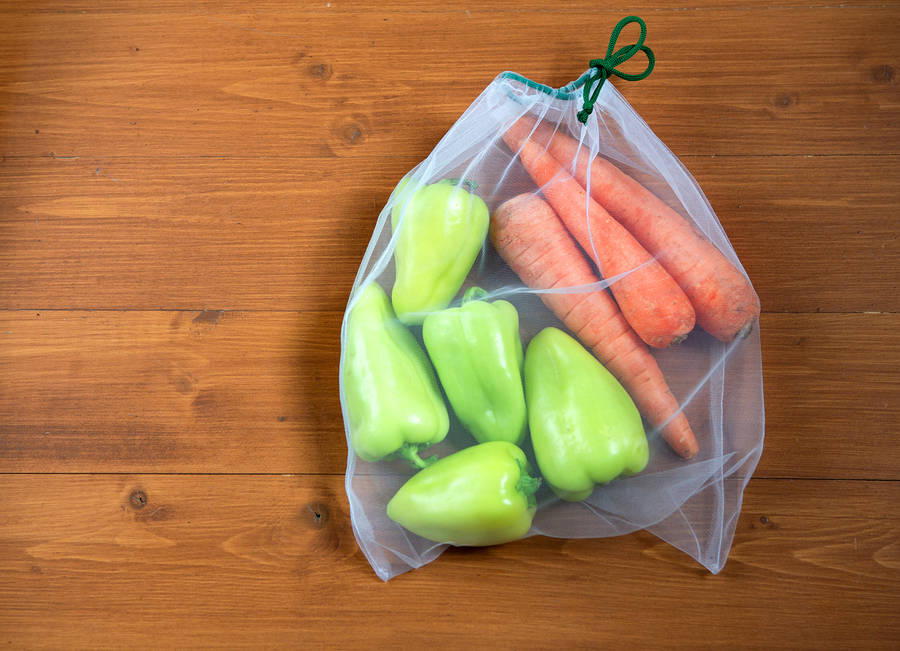
If you’re hosting an event, choose reusable tableware. If your products come in glass jars, wash and keep them for food storage.
Ziploc bags and bread bags can be washed and reused for food storage. There are many ways in which you can choose to re-use the less eco-friendly contents of your kitchen. Each of these ways will help you save the planet!
12 Shop local
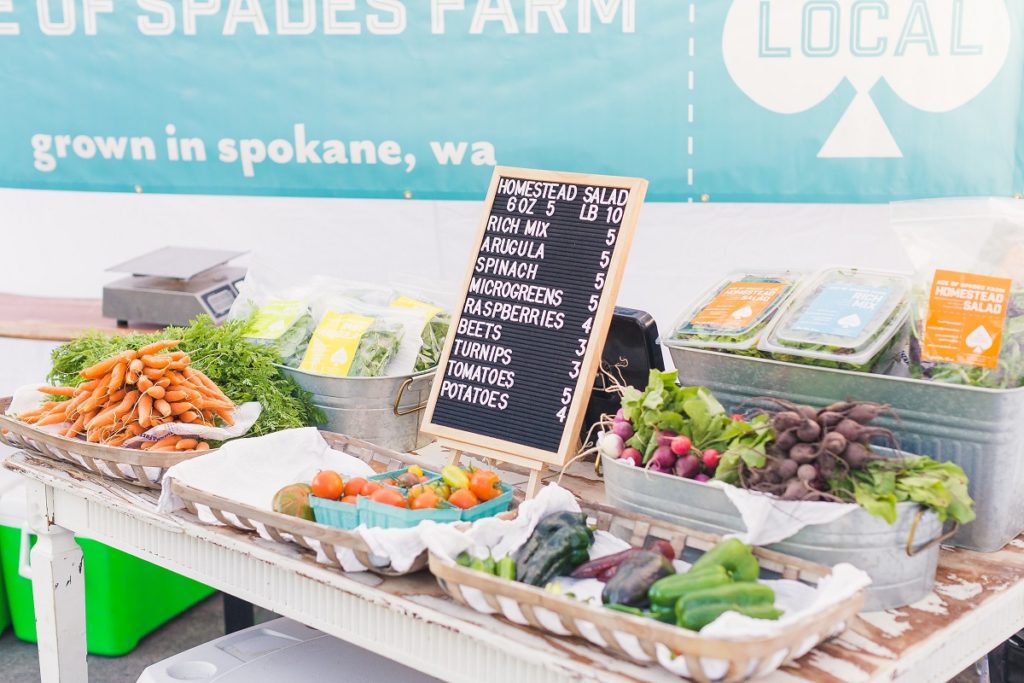
By shopping local, we can all minimize the money and energy that is spent on transporting our goods and services. Large corporations have a much larger carbon footprint than their local counterparts.
By supporting local producers, artists and firms, your community can drive down the environmental cost of transportation and keep money within the local economy. In many ways, this is also recycling. All the more reasons to invest in your community!
13 Try not to fly

If you can reduce the number of flights you take for work or vacations, you can lower your contribution to airplane emissions. These flights generate a large amount of pollution and carbon dioxide and, as the number of global flights increases each year, this pollution is constantly rising.
When you have the option, stay in one place for longer. Avoid travelling back and forth unnecessarily and choose trains or buses whenever possible. If you take the plane, consider also purchasing carbon offsets.
14 Leave the car at home

Sure, cars offer an easy, efficient means of getting where we want to go. This doesn’t mean that they must be used at every opportunity. If you’re in town, consider the bus or the subway. If the weather is good, enjoy a little exercise and cycle or walk.
If you have no choice but to jump in the car, carpool. There will always be times when the car is the only option. However, if we choose to leave it at home sometimes, we can all make a difference.
15 Eat more greens
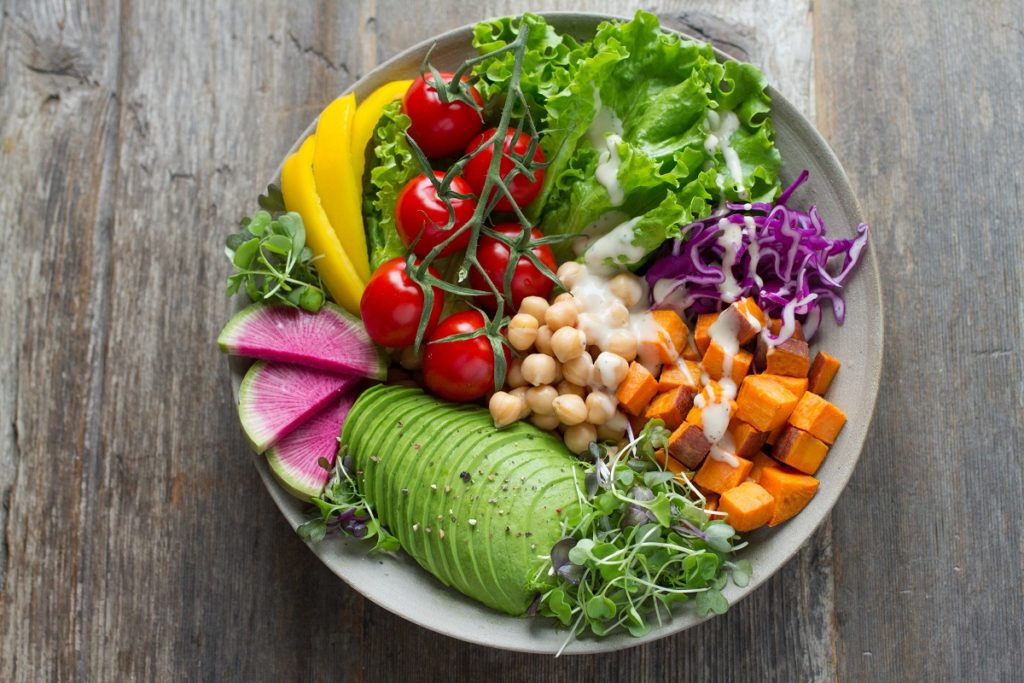
While it would be too much to expect everyone to go vegan, a plant-based diet is much more environmentally-friendly than one which contains meat. According to The Environmental Working Group, red meat consumption generates between 10 and 40 times the volume of greenhouse gases as that of common grains and vegetables.
If, for a whole year, you trade beef for chicken, you would lower your personal carbon footprint by just under 900 pounds of CO2. That’s a really nice investment in our future!
16 Recycle, recycle, recycle

Whenever possible, recycle your plastic, paper, glass and metal waste. If there’s local curbside recycling, make the most of it.
If, however, no such service exists near you, or you have waste that isn’t accepted in the service, collect it up and make a dedicated trip to your local recycling center.
17 Switch it off!

As mentioned, you can make a difference by switching your traditional bulbs for energy-efficient LEDs. Not only will they last longer, they’ll also save you money. When you don’t need them on, switch off your TV, home appliances and lights. Turn off your heating or air conditioning when you don’t need it.
This is particularly important when we’re between seasons. Open your windows when it’s starting to get warmer and layer up when the cold is setting in. You’ll save a lot of energy that way!







